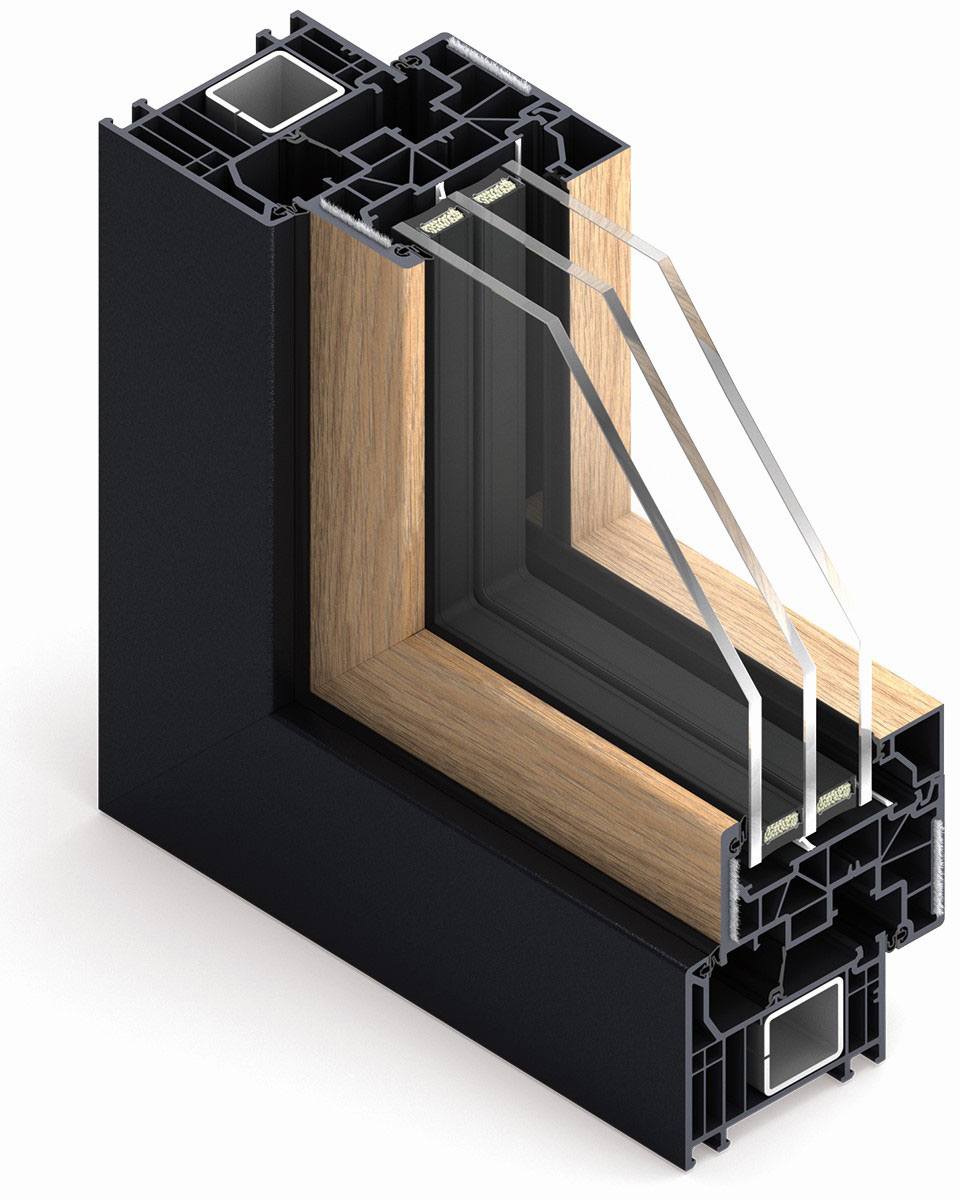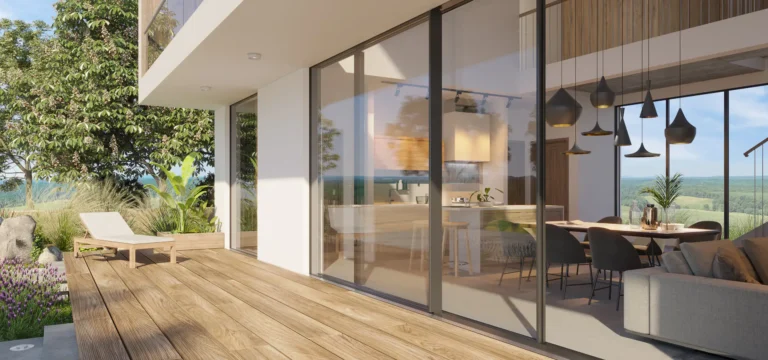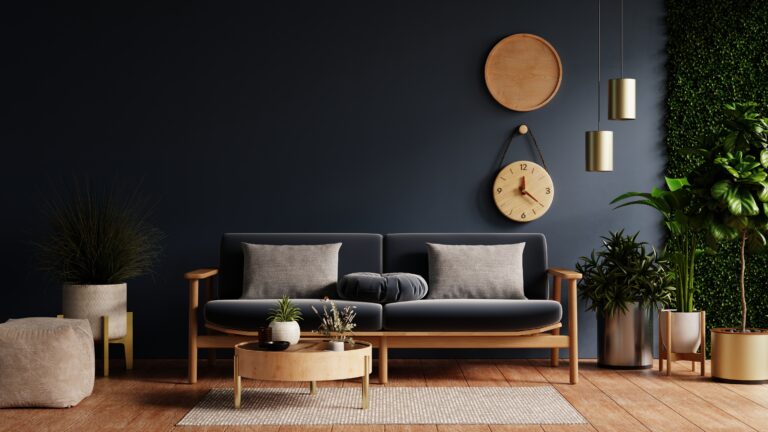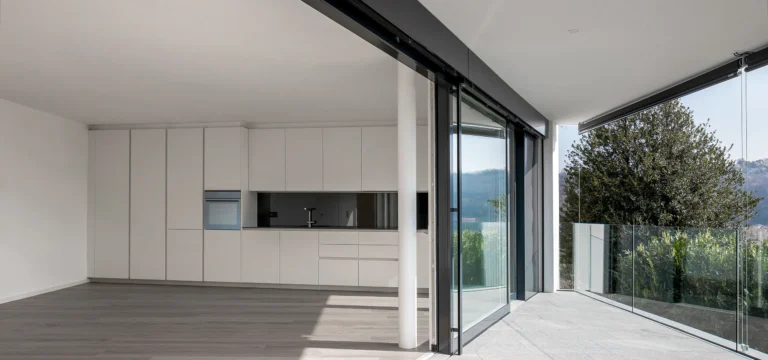Table of contents:
- What are the advantages of two-coloured windows?
- When is it best to choose two-coloured windows?
- How to combine colours?
What are the advantages of two-coloured windows?
The joinery ordered for a house or flat does not have to look exactly the same on both sides. It is possible to opt for two-coloured windows – with one colour on the outside and another on the inside. Such a solution will work well in projects where the style and aesthetics of the building differ from what the decorators and designers have planned for the interior.
Two-coloured windows mainly open up a wide range of design and architectural options that are not available with single-colour designs. It is primarily about interior design, which is not constrained by the – often regulated by separate arrangements – exterior of the building. The design possibilities are thus almost unlimited!
When is it best to choose two-coloured windows?
Two-coloured windows will be useful in many cases. It is up to investors, architects and designers to decide whether or not such a solution will work for a specific project. However, there are several situations in which two-coloured windows will find particular use.
Firstly, if you are living in a listed building that is under the protection of a conservation officer, or in the immediate vicinity of such, you need to stick to strict guidelines regarding the external style of the window joinery. This leaves little freedom of arrangement, especially in terms of interior design. With two-coloured windows it is possible to gain some of this by adapting the exterior of the joinery to the imposed requirements, leaving you to choose an interior veneer that matches the overall style of the room.
The second case is having a flat in a building managed by a community or cooperative that sets the standards for external decoration, including window colours. If, for example, the windows in our block of flats should be white, but inside we would prefer a darker colour, such as anthracite, then two-coloured solutions are ideal.
A third situation in which it is worth considering the installation of two-coloured windows is the contrast between the exterior design of the house and the planned interior design. If, for example, the architect has decided that it would be better for the style of the facade or the surroundings of the house to install windows in dark but fashionable colours, while the householders would prefer light or wooden windows on the inside, there is no obstacle to this. Colours can be chosen freely, so the window joinery will not be an obstacle to achieving design goals.

How to combine colours?
The rule is simple – it is best to combine colours so that they match both the external style of the building and its interior. For example, you can opt for a classic contrast – white windows on one side and black (for example Jett Black matt) or dark grey or anthracite on the other. Or combine a warm wood-like veneer (such as Winchester) with one that resembles cool metal in colour and appearance (such as Alux DB). However, there is nothing stopping you from reaching for bolder colours too!
And if it turns out that two different colours on the inside and outside are not enough, they can still be combined in so-called BiColor, a solution in which frame and sash are made in completely different colours.
The variety of colour options is thus almost limitless, and it is only up to the imagination and sense of style of the designers which implementation will work best in a particular case.



